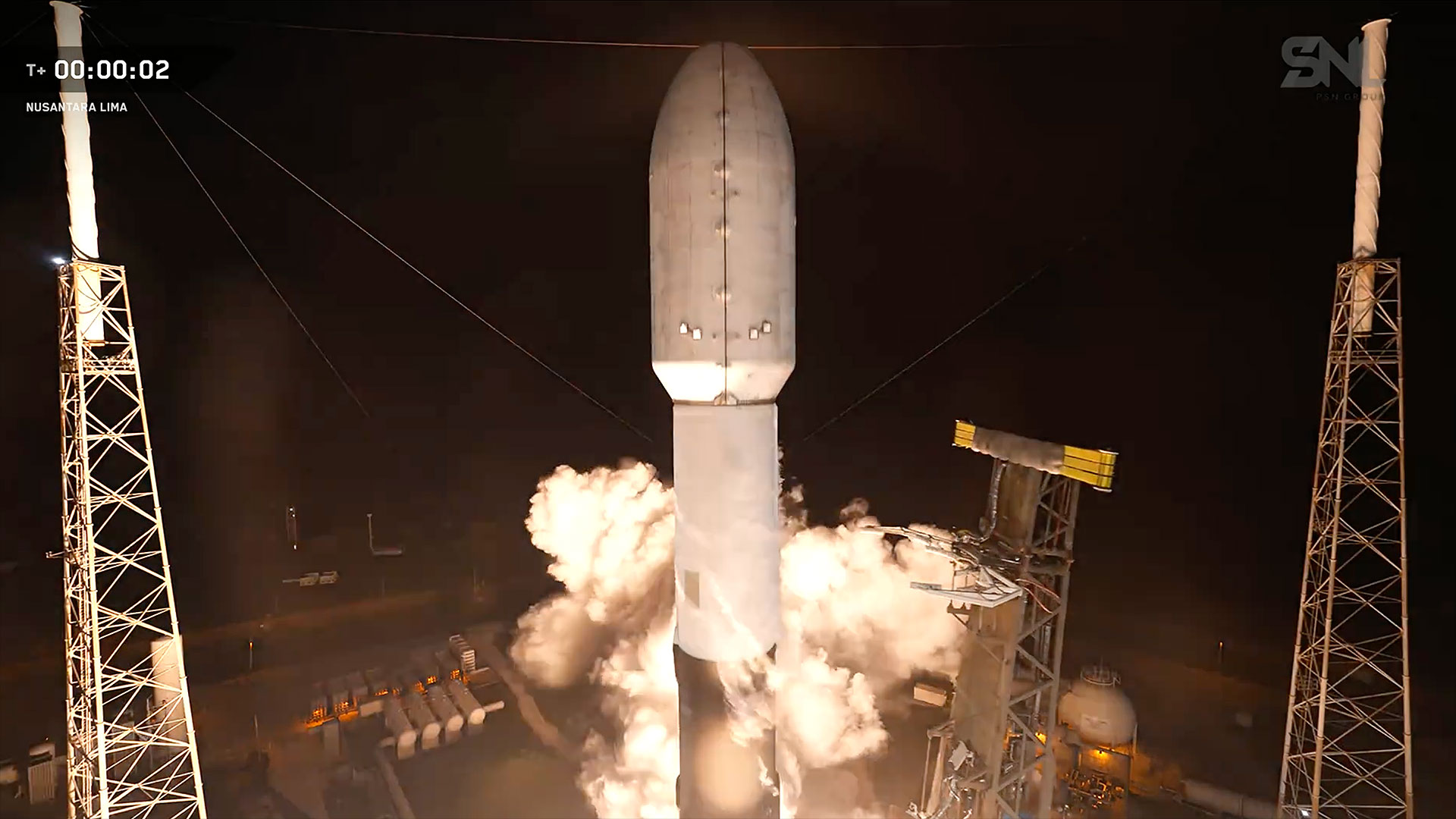Martian Dust Major Risk to Manned Mission
This past weekend, Mars swung closer to Earth than it will for the next decade, and coincidentally a dust stormkicked up and gave skywatchers something special toview.
While the red planet looks close enough to grab through atelescope, NASA doesn’t plan to send people there until after 2020, andeven that far-off date could be pushed back by something as seeminglyinsignificant as dust.
According to a NASA report that evaluates the risks of sendinga manned mission to Mars, Martian dust poses as one of the biggest potentialproblems.
Compared to here, dust on Mars is thought to be larger androugher, like the dust that covers the Moon. When Apollo astronauts landedthere, they were covered in just a few minutes. Within hours, rough lunar dusthad scratched up lenses and degraded seals.
While the lunar stays were short, if astronauts make thesix-month journey to Mars, they’ll likely be expected to stay a while.That would give potentially hazardous dust plenty of time to accumulate inequipment, cause airlock malfunctions, or even infiltrate astronauts’lungs.
“Martian dust is a number one risk,” says JimGarvin, NASA chief scientist at the Goddard Space Flight Center.“We need to understand the dust in designing power systems, space suitsand filtration systems. We need to mitigate it, keep it out, figure out how tolive with it.”
Perfect dust storm
Breaking space news, the latest updates on rocket launches, skywatching events and more!
Dust on Mars doesn’t just sit on the ground – itgets furiously swept about in dustdevils and massive dust storms. This past weekend skywatcherscould easily spot an 800-mile-widedust storm as it spun across Mars at 35 mph.
Every once and a while, Mars experiences the “perfectdust storm,” where powerful winds kick dust up into the atmosphere whereit is spread around until it eventually cloudsthe entire planet.
One of these rare storms would obviously make it difficult fora spacecraft to land or take off from the planet’s surface, but evensmaller storms like the one this past weekend are a substantial mission risk,making atmospheric wind forces the number two mission risk, according to thereport.
While dust and wind are two major mission risks, the team ofscientists that contributed to NASA’s Mars Exploration Program AnalysisGroup report believe that future orbiters and roboticmissions could help us better understand the planet and reduce these risks.
“We could observe Martian wind speeds at differentaltitudes, which is vital both for targeting accuracy when a mission lands, andfor reaching the right orbit when the mission departs,” said David Beaty, Mars Program Science Manager and the report’slead author.
Livelydust?
Although signs of life haven’t been discovered on Mars, that might be a different story in 25 years. Thepossibility that microbial organisms, or their remains, could exist in Martiansoil is ranked as the number three mission risk.
Having never been exposed to these forms of alien life, theycould stand as a substantial health risk to astronauts. The biggest concern toscientists, though, is that these life forms might hitch a ride back to Earth,where they could replicate, prosper, and do unknown damage.
Scientists say they need more robotic missions and soil samplereturn to truly evaluate this risk. Even a couple pounds of Martian dirt wouldbe of tremendous value, Beaty said.
Bodilyharm?
Once on Mars, exposure to radiation is a relatively low risk,even for a long mission, according to the report. This evaluation is supportedby data from the MarsOdyssey spacecraft.
However, during the year spent traveling between planets,astronauts will not be protected by a planet’s atmosphere and will beexposed to a greater dose of radiation. NASA says this amount falls within thelifetime safety limits, and protective spacesuitsand ships are inthe works.
Not mentioned in the report, however, are the physiologicaleffects to bone and muscle from time spent in reduced gravity environments. Astronauts returning from long missions on theInternational Space Station have suffered massive muscle and bone loss. Theselosses would be slowed by Mars’s gravity, which is 3/8 of Earth’s,but it could be disastrous if a crewmember broke their leg during the mission.
Scientists are currently exploring methods of slowing muscleand bone deterioration, including an exercisedevice that creates its own gravity.
Useablewater?
The roundtrip journey to the red planet and back will takeabout a year. The mission spacecraft can carry only so much water. Every gallontakes up space that could be used for other supplies or equipment and raisesthe total mission cost.
However, reducing the water load on the spacecraft could forcethe astronauts into a situation where they would run out of water before theyreturned to Earth, especially if their stay on Mars is longer than anticipated.
For a long mission, potablewater in some form that’s accessible near the landing site couldaddress this risk, scientists write in the report. Future orbiter and roboticmissions could help identify a region on Mars where water might be available toastronauts, which could reduce the risk of astronauts running out of water.
Water is also a source of breathable oxygen, which, for ayearlong stay on the planet, would be expensive to transport.
- Surviving Space: Risks to Humans on the Moon and Mars
- Mars Odyssey Shows Intense, But Managable Radiation Risk for Astronauts
- Delving into Dust Devils
Join our Space Forums to keep talking space on the latest missions, night sky and more! And if you have a news tip, correction or comment, let us know at: community@space.com.
